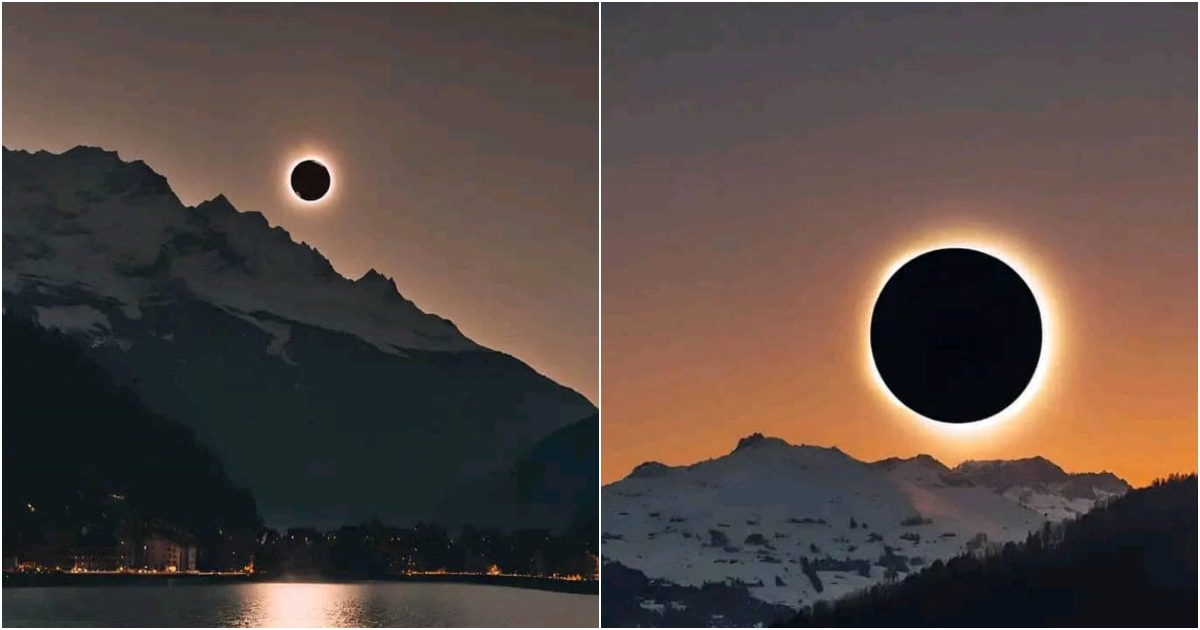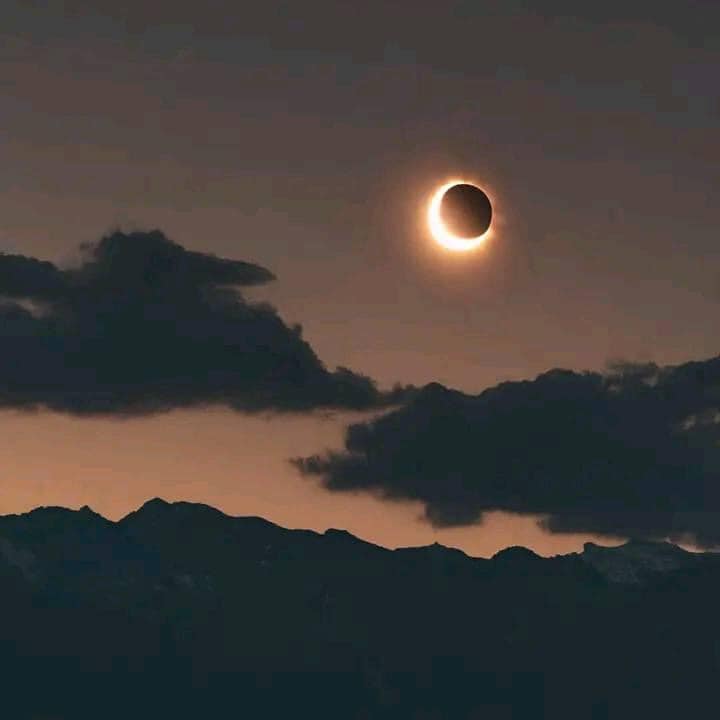A solar eclipse, one of the universe’s most majestic natural spectacles, holds the power to transfix the world in a moment of collective awe. This celestial event, when the moon passes between the Earth and the sun, temporarily obscuring the sun’s blazing facade, offers an unparalleled visual and emotional experience. The beauty of a solar eclipse lies not only in the event itself but in the profound impact it has on our understanding of the cosmos and our place within it.
A Dance of Shadows and Light
The phenomenon of a solar eclipse unfolds as a delicate dance between the sun, moon, and Earth, choreographed by the immutable laws of celestial mechanics. The eclipse begins subtly, as the moon creeps across the sun’s surface, casting a growing shadow upon the Earth. For those within the path of totality, the world gradually dims, culminating in a moment of twilight serenity at the peak of the eclipse. This sudden dusk, accompanied by a noticeable drop in temperature, creates a surreal landscape in broad daylight.
The Crown of the Cosmos
During a total solar eclipse, the corona, the sun’s outer atmosphere, is revealed in full glory. This ethereal halo, normally invisible to the naked eye due to the overpowering sunlight, emerges as a crown of pearly light encircling the dark silhouette of the moon. The corona’s delicate filaments and arcs shine with a soft, radiant glow, illuminating the darkened sky. The sight of the corona alone is a reminder of the sun’s power and the delicate balance that sustains life on Earth.
A Moment of Universal Connection
What makes the beauty of a solar eclipse truly transcendent is the shared human experience it engenders. People from diverse backgrounds and cultures are drawn together, their differences momentarily forgotten, united in anticipation and wonder. The eclipse becomes a bridge across humanity, a reminder of our shared residency on this small planet in the vast cosmos. The collective gasp at the moment of totality, when day turns to night, is a profound testament to the event’s emotional and communal impact.
A Gateway to the Cosmos
Beyond its immediate visual spectacle, a solar eclipse serves as a gateway to deeper cosmic mysteries. Historically, eclipses have propelled scientific discoveries, from the physics of the sun’s corona to the confirmation of Einstein’s theory of general relativity. Each eclipse offers a unique opportunity for scientists and amateurs alike to observe, question, and understand our universe a little more. The beauty of the eclipse is, in part, the beauty of human curiosity and our endless quest for knowledge.
A Fleeting Reminder
Part of the allure of solar eclipses is their ephemeral nature. Totality, the moment when the sun is completely covered, lasts only a few fleeting minutes. This brevity reminds us of the impermanence of beauty and the importance of being present. Watching a solar eclipse is a humbling experience, a reminder of the vastness of the universe and the transient nature of human existence.
The beauty of a solar eclipse transcends the visual; it touches the heart of what it means to be human. It reminds us of our innate curiosity, our desire to connect with others, and our perpetual quest for understanding. In the shadow of the moon, we find a moment of light, a shared experience that binds us together, if only for a brief moment in time.












